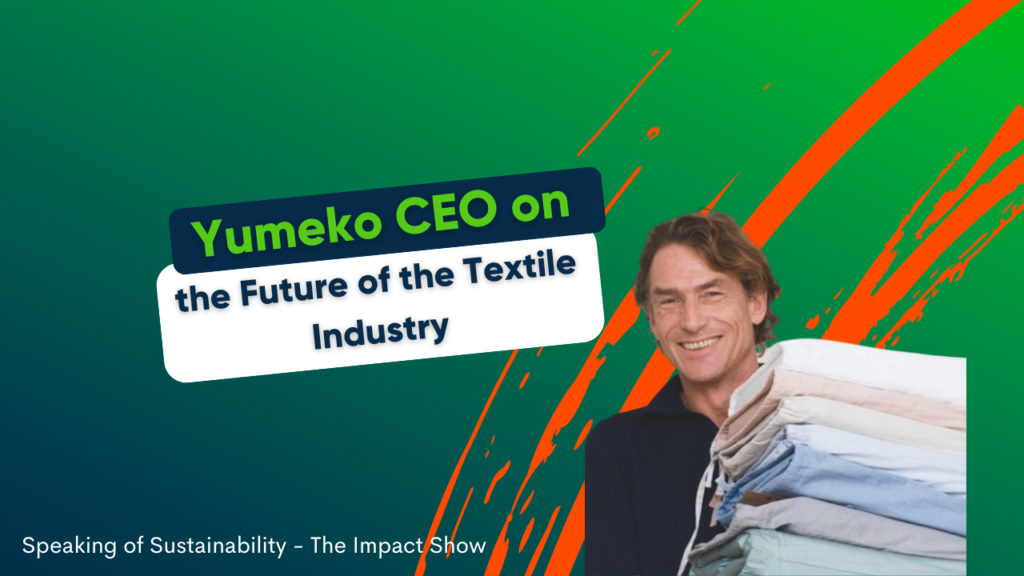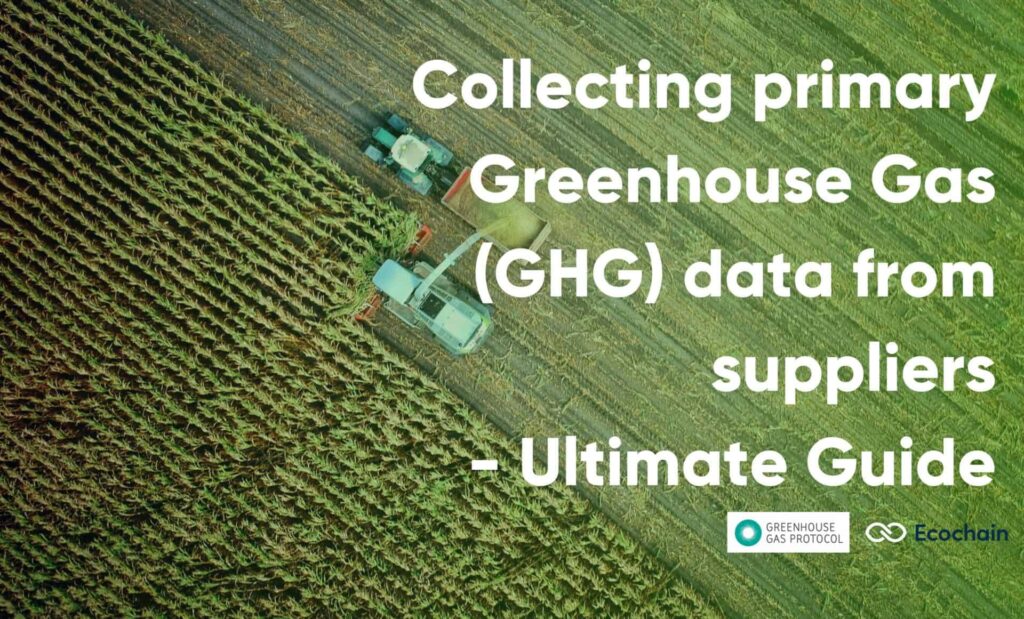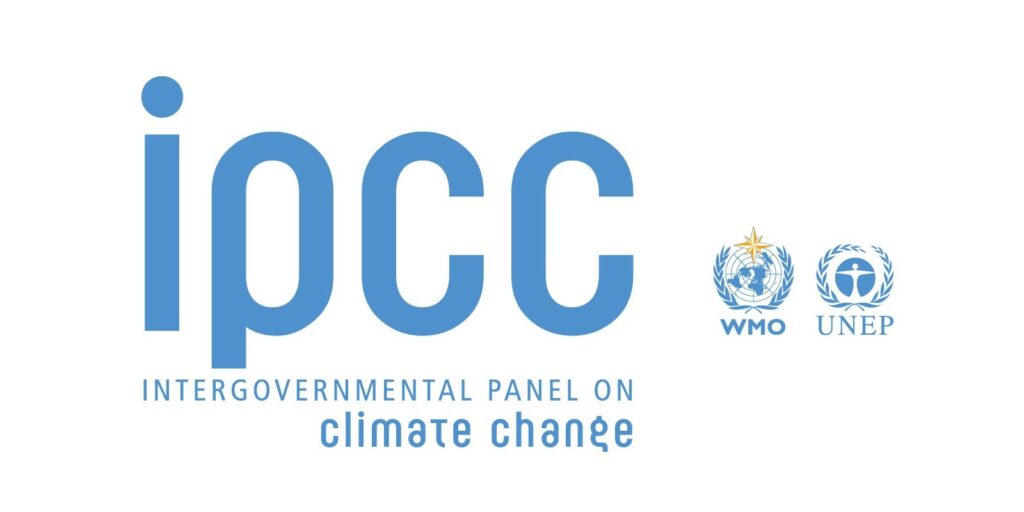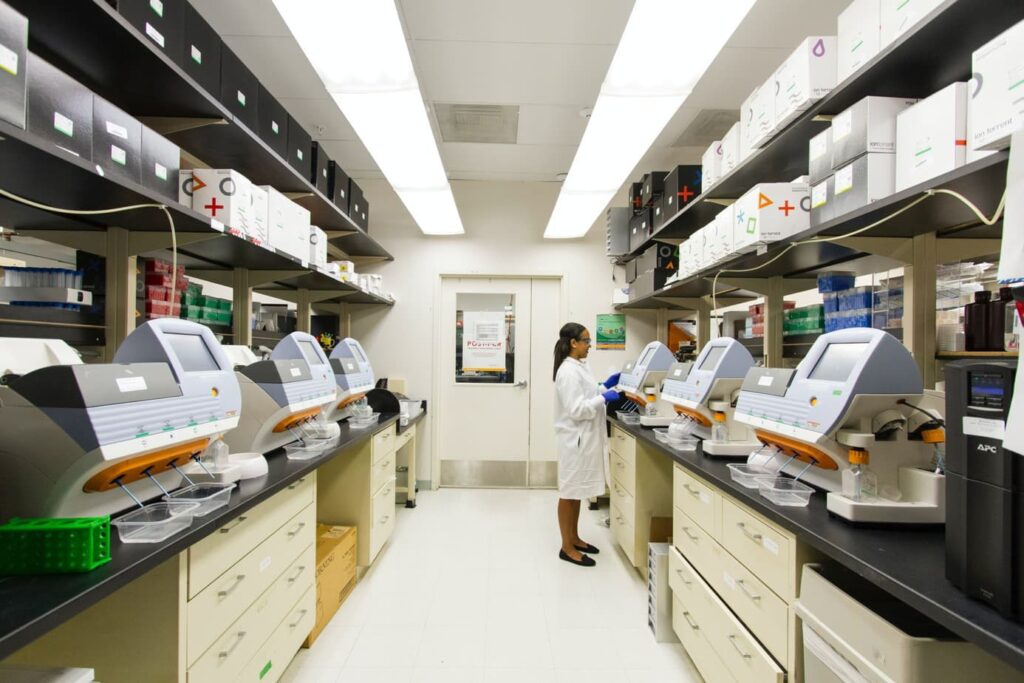Yumeko CEO Rob van den Dool on the Future of the Textile Industry

The textile industry is one of the worlds big polluters. The good news is there are companies out there looking for solutions. As founder & CEO of Dutch bedding company Yumeko- our guest Rob van den Dool wants to revolutionize the textile industry. And share his advice with you. In this episode? What are the […]
How to Collect Greenhouse Gas (GHG) Data from Suppliers

We always talk about why you should engage your suppliers in your emission reduction efforts. But how do you actually retrieve the primary environmental data you need from them? Let’s dive into it. GHG Protocol reporting in the EU’s new CSRD The EU’s new Corporate Sustainability Reporting Directive (CSRD) will affect more than 50.000 large […]
Carbon Tunnel Vision: Are You Excluding Crucial Environmental Data?
Carbon footprints often make up the largest impact hotspot in a company’s operations. And greenhouse gas emissions (GHG) are THE term that is linked to the climate crisis. But, our ecosystems are made up of many different factors that all support each other as a cohesive whole. And- the same goes for the impact your […]
IPCC’s: Ambitious Immediate Climate Action Is Needed. What Can Business Leaders Do?

Although the message of the IPCC released at the beginning of August wasn’t a surprise compared to that of 2013- its contents are still very unsettling. Our natural world is heating up at an unnatural speed. And as we can currently already see- this process has many different consequences. Consequences that affect us all in […]
The 5 Steps To Develop An Effective Emission Reduction Strategy

*This guest article was written by our wonderful sustainability partner Nexio. Congratulations! You’ve calculated your company footprint and can now identify the emission hotspots in your business operations. You know where to focus your reduction efforts- but where do you start? Carbon offsetting may seem a great option, however, it’s not a long-term solution. Meaning: […]
Does ‘Biobased’ Always Mean ‘More Sustainable’?

Biobased materials are either completely or partly made from natural materials, they are renewable, and they even absorb CO2. “Natural” materials sound more sustainable. But is that really the case? Is biobased really better for the environment? First: what does ‘biobased’ actually mean? ‘Biobased’ specifies the source of materials. It refers to materials that are […]
How BMW Group Is Embracing Science-Based Targets To Avoid 200 Million Tons of CO₂

The German automotive powerhouse BMW Group delivered over 2,3 million cars in 2020. But for this decade, the focus is clear: Adhere to the 1,5°C Paris climate goals. BMW already has a deep insight into the environmental impact of their products. One produced vehicle accounts for 0,23 tons of CO₂ – the equivalent of 12% […]
Driving Sustainable Decision Making: How Philips Reports its Environmental Profit with Ecochain

Becoming a purpose-driven company means taking on responsibility. And no one knows that better than Philips. Not only did they set ambitious targets regarding social impact, practicing circular economy and ecodesign. At the COP21 Climate Conference in 2015, Philips committed to becoming 100% carbon neutral in its operations. And to sourcing all electricity usage from […]
How the Dutch Public Lighting Sector (OVL) goes circular with the ECI

There is a rapidly growing need to make sustainability and circularity transparent and measurable. As a result, circularity has become an important theme on the agenda of the Government of The Netherlands. The ambition? To achieve a completely circular economy in the Netherlands by 2050. But how do you get there? Futureproof construction: LCA and […]
5 Steps to Get Suppliers On Board With Sustainability

It has become clear that the role of supply chains on companies’ environmental impact is often very high. Up to a point, where 90% of your total environmental footprint can occur in said supply chains. This impact percentage from your supply chain might seem impressive – but it also opens up many opportunities for substantial […]